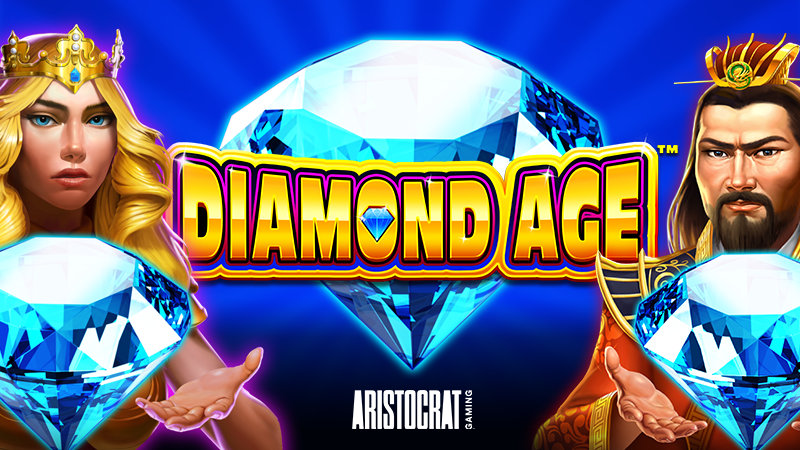DEALING WITH CHANGING GAMING TRENDS
For a few years I have been hearing clubs relate to me that their net is dropping while turnover remains relatively flat. I recently checked the data for NSW and QLD going back over the last 5-6 years and the hold percentages have only changed by a small percentage (approx 0.5% over 5 years). The clubs and hotels with the highest number of hold and spin, multigame, and games with dynamic paytables (where players bet up and the jackpots increase) are the venues most affected by fluctuating hold percentages. Even in those venues, players still walk out the door after a gaming session complaining that we have “tightened up the machines” yet we know that in fact we are giving away a little more.
What is the source of this problem?
Changing game styles are partly responsible for many regulars becoming more despondent about playing. A much larger mathematical component of a game is now held in the features and jackpot levels, rather than the base game. While the feature hit rate is much faster than it used to be the players are at an advantage if they can increase their bets to achieve a feature win quicker. The minimum bet has increased on most games now from 20-30c to cover all lines from 4-5 years ago, to 50c-$1 to cover now. For smaller players on a minimum bet the cost to get to the feature is much higher than their daily spend limit and they are seeing their money vanish quicker with little fun. These new game styles are skewed towards the bigger players.
Are the smaller players important?
Yes! Gaming/marketing managers mostly look at an average turnover/spend per player per visit metric that most gaming systems produce easily. This gives an impression of the top group of regulars as far more profitable that the lower spend players. But as it is a numbers game, if you instead look at the total turnover for each group or tier of players, the top two player groups are often only responsible for around half the turnover. The smaller players are as important overall, because their numbers are greater and they produce the other half of your gaming turnover. For years in clubs we have been focused on only the top tier players.
Case Study
A recent case study confirmed that higher betting players are spending around the same amount now as they were 4-5 years ago, for around the same play time. Lower turnover players are spending between 30% and 95% more to get the same amount of play time. No wonder they are becoming despondent and in many clubs not coming as regularly, or not coming at all. In chatting with several club managers this seems to be consistent across many venues and it is worth checking your own venue.
Are we making it worse?
It is certainly getting tougher and many clubs have started reducing costs where they can. Often this includes small promotions, free softs/coffee/tea, and dropping prize values. This again, is really only affecting that regular lower tier players who are already having less fun. Not only are they going through their money quicker, they are getting no value at all.
The unseen competition.
Many of these players are turning to social gaming as a cheaper gaming option. They can play with free credits each day and they can play on exactly the same games they find in our clubs. For these players, who can no longer afford to visit our clubs every day, social gaming fills all the gaps, with exactly the same gaming experience – except for a lack of a real social connection.
How do we fix it?
There are a few things that are working to put some interest back in for smaller players:
1. Don’t be the middle-man between the club and Coles – if you are removing small promotions, put the money back to the players through the machines with higher returns on specific product that suits their play style. Or use some of the savings to add a small free food offering during periods when the smaller players are in.
2. Segment the gaming floor by player types, rather than denominations (which aren’t important anymore with all new machines being multidenom games). The regular players often like playing near each other and grouping the machines that they like together can make them more comfortable, and tap into the social aspect of coming to a club.
3. Buy game variety – most players are more aware of the symbols they need to get into a feature than the name of the game. To them all the games with the same feature are essentially the same game, so ensuring you have lots of different types of games and game features is positive. They just need to be positioned appropriate to the gaming player you are trying to appeal too.
4. Do an ROI on promotions based on member market groups, rather than “all members” – if removing a small promotion leaves the club totally empty of one demographic group is it really worth removing? Segment your players/members and provide different promotions that target groups by times, with relevant promotional budgets.
Written By: Justine Channing (Gaming Specialist – The Drop)
© The Drop 2019 – Material may not be reproduced or distributed without the authors consent













